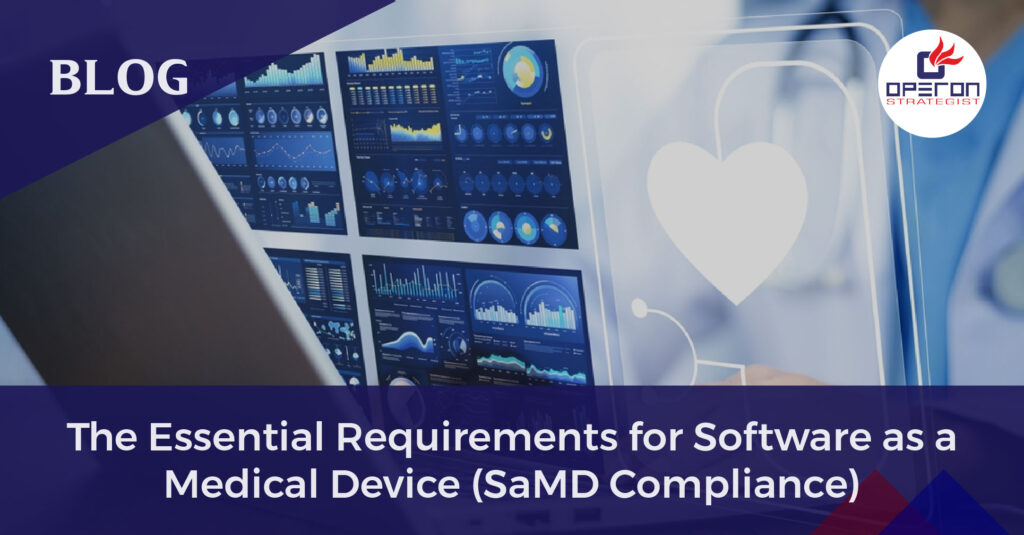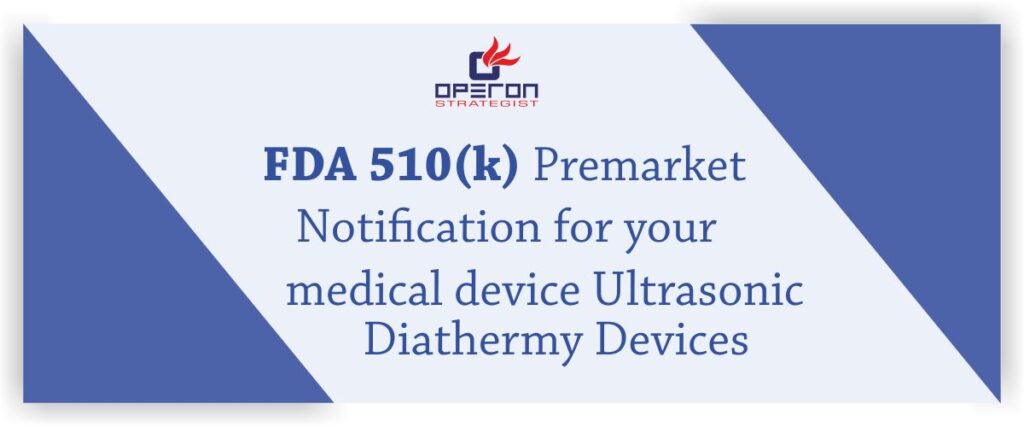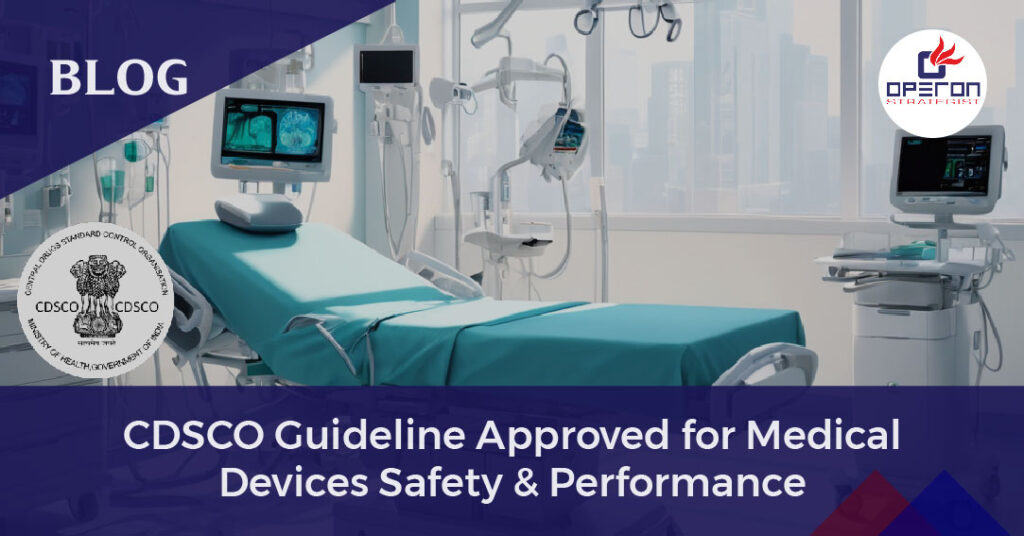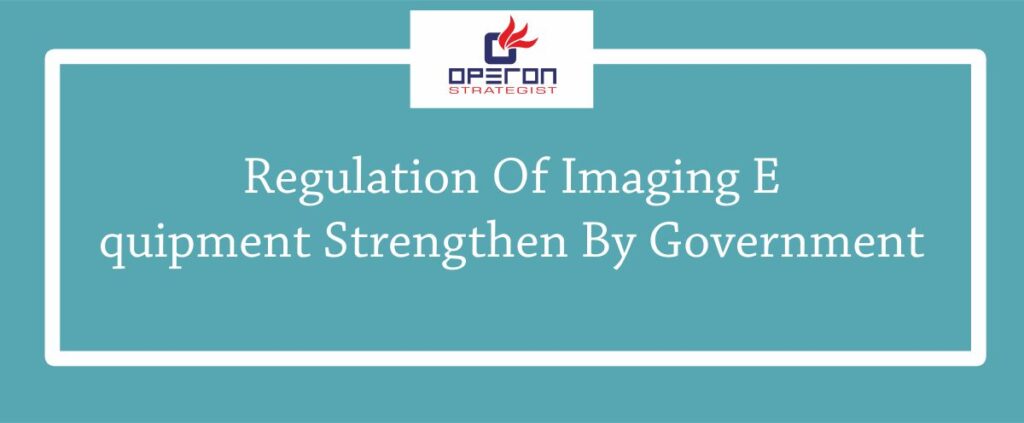SaMD Compliance: An Overview
In the dynamic realm of healthcare technology, the development of Software as a Medical Device (SaMD) demands rigorous adherence to essential requirements. From regulatory compliance to risk management and beyond, understanding these foundational pillars is vital for ensuring the safety and efficacy of SaMD products. Let’s embark on a journey through the key requirements that underpin the success of SaMD development.
Who Sets the Guidelines for SaMD?
At the helm of SaMD regulation stand influential bodies such as the International Medical Device Regulators Forum (IMDRF) and the U.S. Food and Drug Administration (FDA). Through publicati+6ons and guidelines, these authorities provide invaluable insights into SaMD classification, manufacturer responsibilities, and standards for labeling and instruction.
Looking For a Medical Device Regulatory Consultant?
Let’s have a word about your next project
The Crucial Role of Risk Classification: Why It Matters
Risk classification lies at the heart of SaMD development, categorizing products based on their potential impact on patient health. From Level I to Level IV, understanding these classifications is essential for mitigating risks and safeguarding public health. Accurate risk assessment ensures that SaMD delivers accurate information crucial for treatment and diagnosis while minimizing adverse outcomes.
Top Regulatory Standards: Navigating the Compliance Maze
In the labyrinth of regulatory standards, compliance is key. The top three regulations that every SaMD organization must prioritize include:
- 21 CFR Part 820 – Quality System Regulation (QSR): Compliance with this regulation is paramount, emphasizing the documentation and control of design and development activities throughout the product lifecycle.
- ISO 14971 – Application of Risk Management to Medical Devices: This standard provides a systematic approach to risk management, guiding manufacturers in identifying hazards, evaluating associated risks, and implementing effective risk controls.
- IEC 62304 – Software of Life Cycle Processes: Establishing a framework for software lifecycle management, this standard ensures consistency and reliability in the development, deployment, and maintenance of SaMD products.
Looking Ahead: The Future of SaMD
As technology continues to advance, the future of SaMD holds immense potential. Regulatory bodies such as the FDA and IMDRF are committed to staying abreast of technological advancements, ensuring that SaMD remains safe and effective for patient use. Embracing Quality Management Systems (QMS) can streamline compliance efforts, allowing organizations to focus on innovation and delivering impactful solutions for healthcare.
In conclusion, the journey to SaMD success begins with a deep understanding of the essential requirements that govern its development. By navigating regulatory waters, embracing risk management practices, and adhering to top regulatory standards, SaMD organizations can pave the way for safer, more effective healthcare solutions that transform patient outcomes.
Ready to Ensure Your SaMD Development Meets Essential Requirements and Regulatory Standards?
Streamline SaMD Compliance with Operon Strategist
Operon Strategist simplifies SaMD regulatory compliance, integrating risk management seamlessly into development processes. Designed for engineering teams, it streamlines documentation, automates QMS principles, and accelerates market success. Ready to empower your team and streamline your compliance journey? Contact us to learn more about Operon Strategist today!
- adminhttps://operonstrategist.com/author/admin-2/
- adminhttps://operonstrategist.com/author/admin-2/
- adminhttps://operonstrategist.com/author/admin-2/
- adminhttps://operonstrategist.com/author/admin-2/




